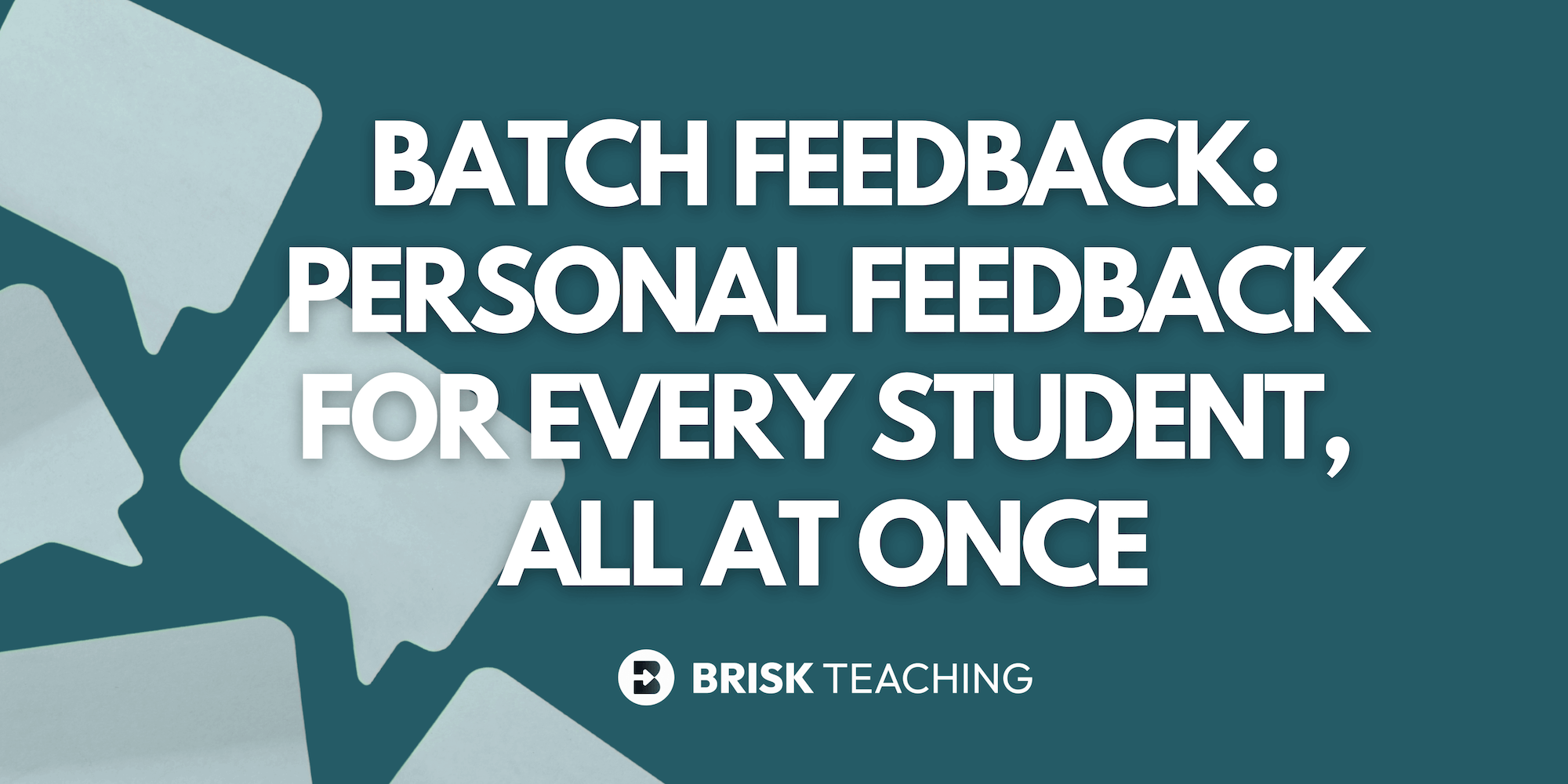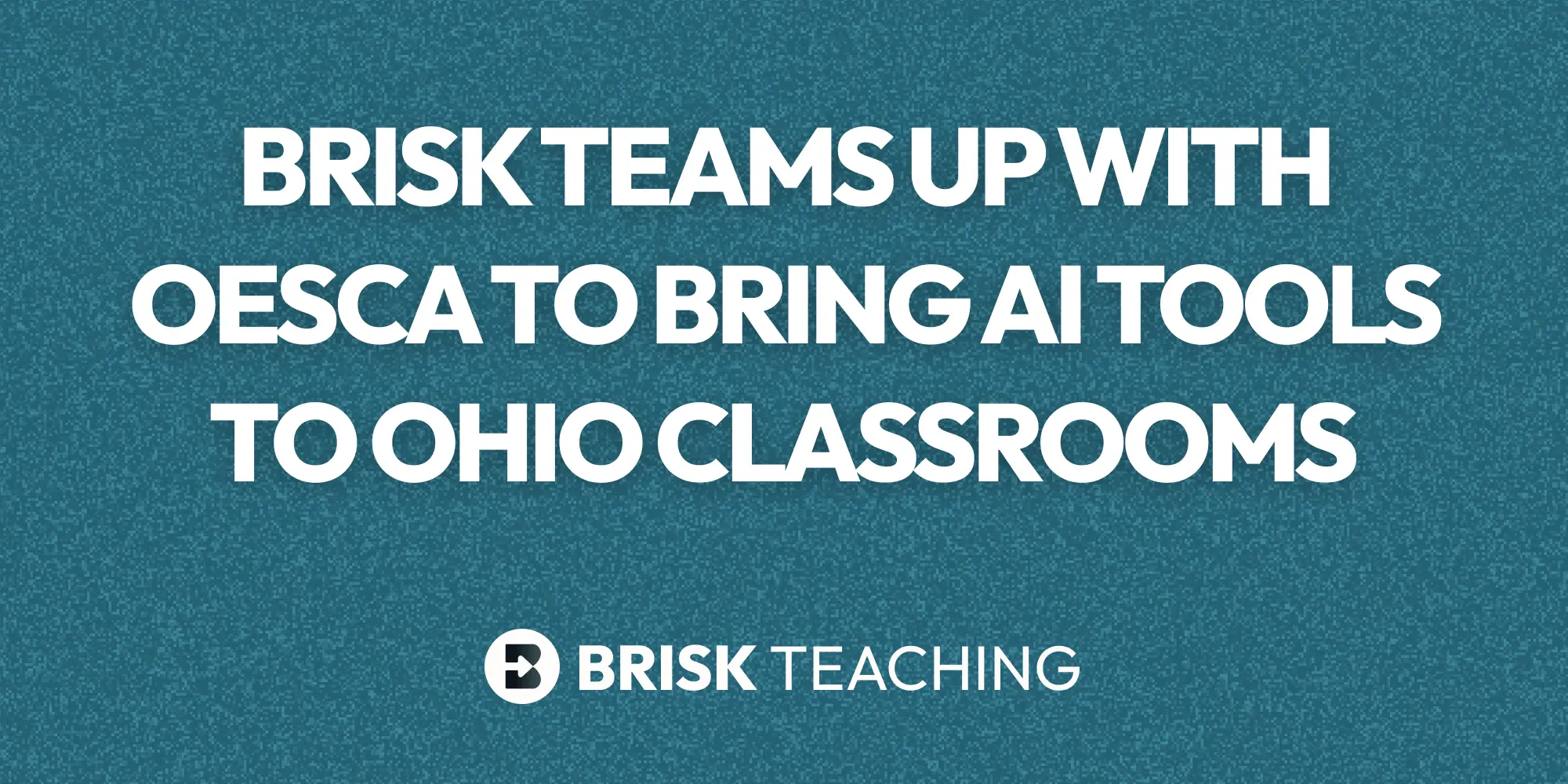Why Graphic Organizers Are the MVP of Math Problem-Solving
Graphic organizers are sort of like those visual superheroes that swoop in to save the day (and maybe your sanity). These nifty tools can work magic for anyone, from 1st graders trying to add apples to middle schoolers drowning in algebraic drama. Ready to see how these problem-solving pros get it done?
Clear Visuals
Number lines, Venn diagrams, and flowcharts transform math chaos into something, well, manageable. It’s like giving kids a map in a maze, making it easier for them to connect the dots. Suddenly, word problems don’t seem like riddles written in ancient code.
Baby Steps
Graphic organizers break problems into bite-sized chunks. Forget the "just wing it" strategy; this is the math equivalent of step-by-step IKEA instructions (minus the extra screws). Perfect for middle schoolers trying to figure out where x ran off to this time.
Word Problems Made Less Evil
Word problems have a reputation—no one likes them. But with the right organizer, students can zero in on what matters: Is this a multiplication story? Division? Why does Susan have 37 apples anyway? Graphic organizers make it all click.
Problem-Solving in Action
Visuals make math feel a lot less like a mind game. By organizing the info clearly, students develop actual skills instead of just guessing. Who knows, maybe they’ll even stop saying, "I’ll never use this in real life."
Fits Every Age
It doesn’t matter if you’re helping a 2nd grader add up their LEGO collection or a 7th grader solve for y. Graphic organizers are adjustable to match any grade level.
Types of Graphic Organizers: The Squad You Need
Not all graphic organizers are created equal. Here’s a rundown of the all-stars and how they make math problems a breeze:
- Basic Math Organizers: These are perfect for baby mathematicians (1st- 2nd grade) who are just learning the ropes of addition and subtraction. They’re simple, like training wheels for math.
- Number Lines: Subtraction is basically reverse counting, and number lines are the cheat sheet kids didn’t know they needed. Bonus: they work for decimals and fractions, too—math’s double agents.
- Venn Diagrams: Two circles walk into a math problem...and now you’ve got a way to compare numbers, data sets, or mathematical concepts. Younger kids think they’re fun; older kids realize they’re lifesavers.
- Problem-Solving Organizers: These beauties are the step-by-step guides for cracking multi-step word problems. Middle schoolers struggling with math? Meet their new best friend.
- Schematic Diagrams: For the big leagues (think complex high school problems), these diagrams are like having a GPS for your brain. They’re all about logic and structure—very grown-up, very cool.
How Brisk Teaching Makes Graphic Organizers Easy
Creating graphic organizers might sound like a chore, but Brisk Teaching makes it ridiculously easy. Here’s why you’ll want to high-five their AI tools:
- Tailored Templates: Whether you’re dealing with 3rd-grade addition or high school-level equations, Brisk Teaching has a template for it. Customize it faster than you can say "word problem."
- Save Time, Save Sanity: No need to fiddle with PowerPoint slides or Canva templates for hours. Let Brisk Teaching do the heavy lifting so you can actually, you know, teach.
- Organizers + Answer Keys: Ever wonder if your students’ answers are on the right track? Brisk Teaching’s got you covered with answer keys that make grading a breeze.
- All Ages, All Stages: Whether you’re wrangling 2nd graders or prepping high schoolers for SAT-level math, there’s a graphic organizer for that.
Graphic organizers aren’t just another tool—they’re the math equivalent of a cheat code. From number lines to schematic diagrams, they help students tackle problems confidently and clearly. And with Brisk Teaching’s AI tools, creating them is as easy as pie (or 3.14, if we’re being nerdy).
So, what are you waiting for? Grab a graphic organizer, unleash your inner math superhero, and watch your students go from “I hate this” to “I got this!”
.svg)







